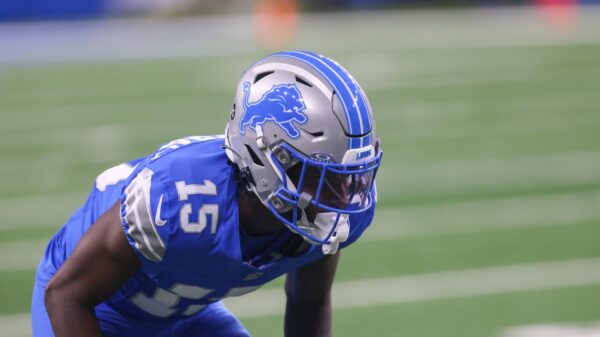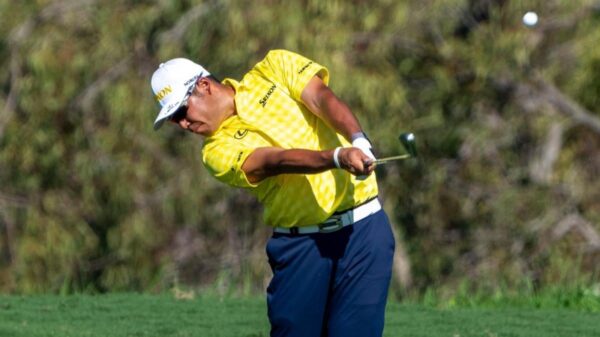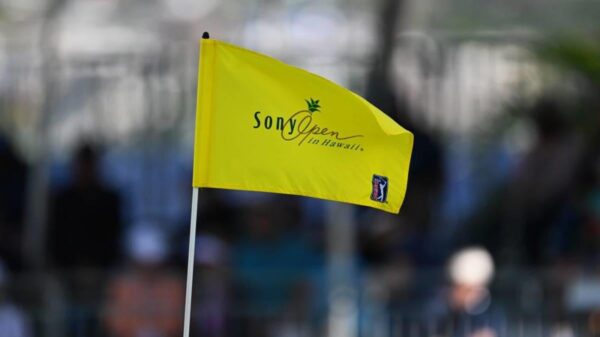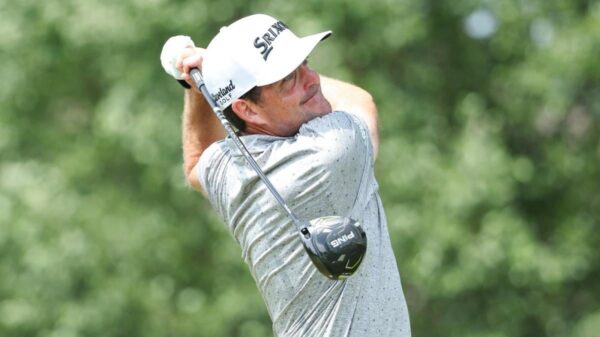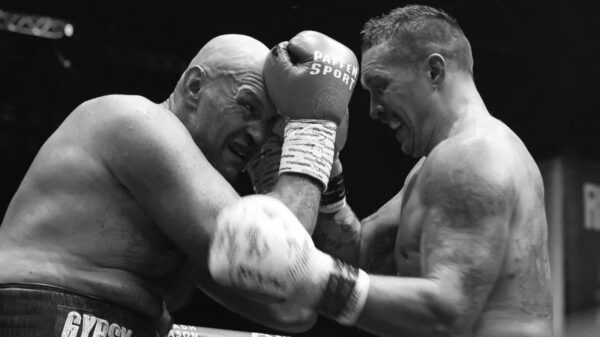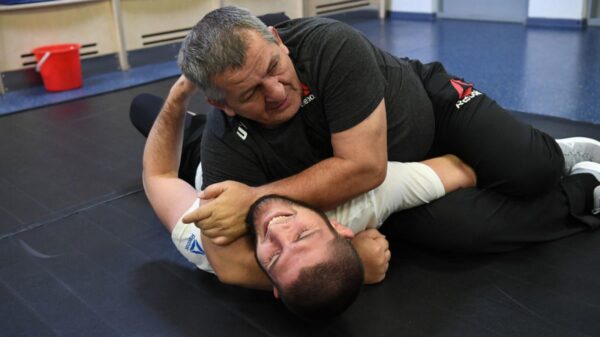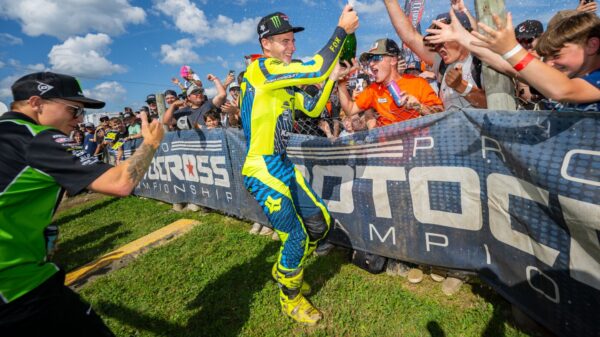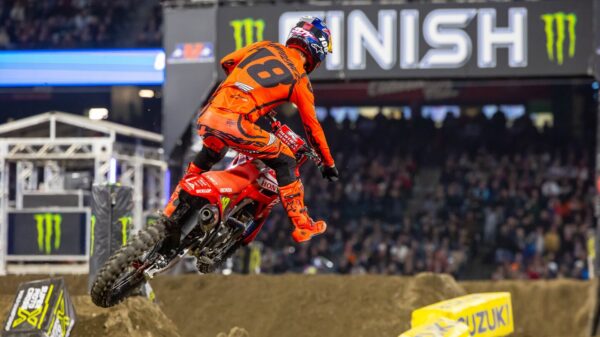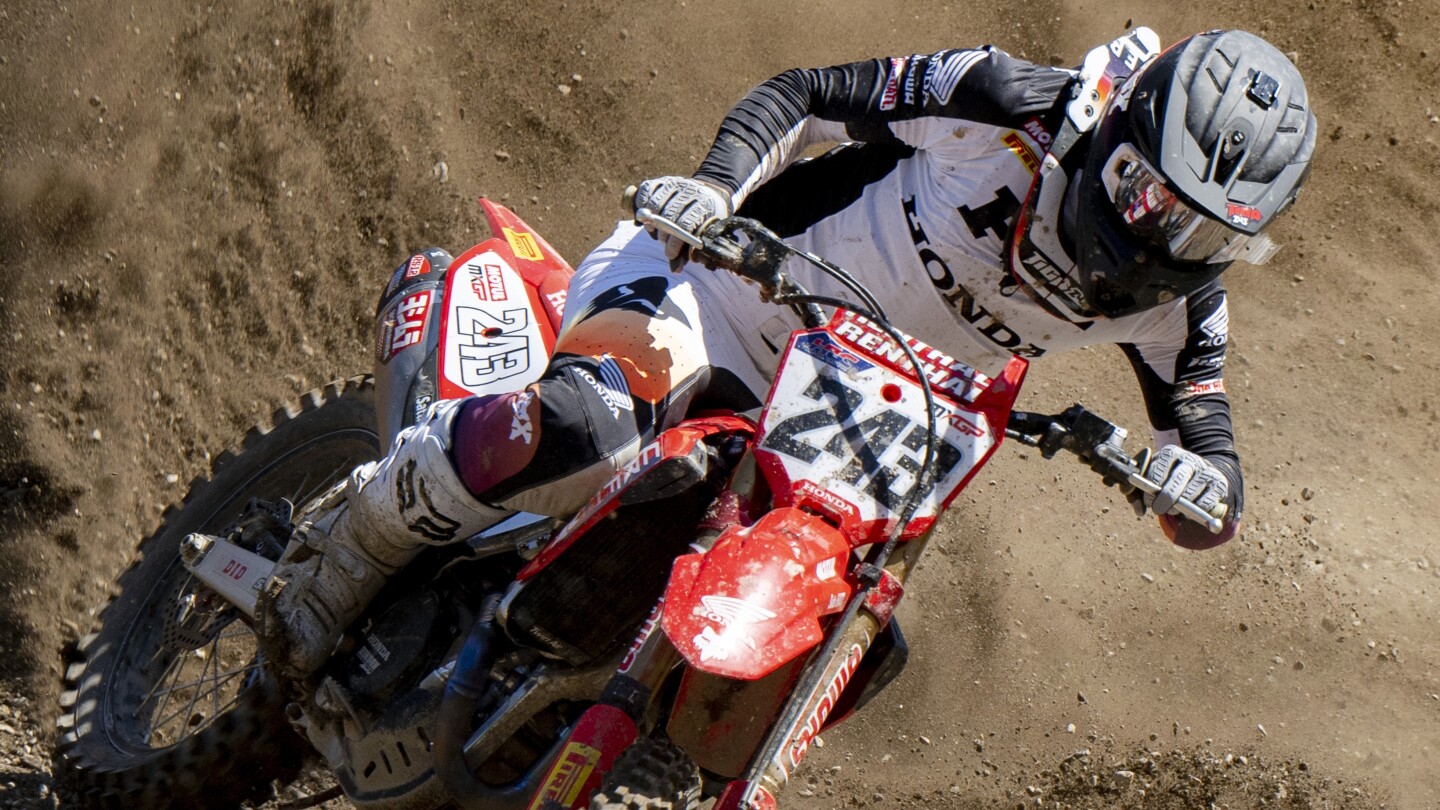In dirt bike racing, it is never a question of if a rider will crash, but rather how frequently and severely; and while accidents are inevitable, a Swedish safety equipment company named Mips is perfecting a system to ensure concussions are not.
Nearly 30 years ago, neurosurgeon Hans von Holst of Stockholm’s Karolinska University Hospital grew increasingly frustrated at the number of concussions he saw come through his doors. He discovered that helmet wear helped but fell well short of perfection. To find an acceptable solution, von Holst knew he needed to look deeper. A casual inspection of the helmets that rode along with his patients often showed minimal evidence of impact, and yet concussions and traumatic brain injuries were still present.
A Plot Turn
And this is where the story turns.
Von Holst teamed up with KTH Royal Institute of Technology and found Peter Halldin and Svein Kleiven in the Biomechanics department, who were also studying the causes of brain injuries. These three men created the Multi-directional Impact Protection System (Mips). The solution was already in their heads, literally, as it turned out. The human brain and skull provided the perfect solution; it just needed to be enhanced.
The focus of helmet wear has long been focused on maximizing energy absorption, cushioning the blow when a rider’s head strikes the ground or another object. That type of solution works best with straight-impact strikes, but accidents are rarely straightforward, and riders hit the ground at crazy angles. Redirecting the energy of a blow was equally important to softening it, and based on computer simulations provided by Kleiven, the optimal way to create that redirection was through rotation.
Mips testing accounts for all angles of helmet strikes / Mips
Before reaching this conclusion, they had to contemplate anatomy.
The human brain is cushioned by cerebral fluid inside the skull, which behaves like the womb in which everyone begins life. The brain not only shifts forward and back or left to right; it can go in any number of directions. That became a key focus of the Mips safety system.
According to Max Strandwitz, CEO, Mips: “What Mips’ technology is designed to do when [an impact] happens, you have a low friction layer inside the helmet, and when you hit the ground, it continues to move about 10 to 15 millimeters inside the helmet to avoid that sudden stop, redirecting the energy that otherwise would be absorbed by the brain.”
“The duration of time when you can actually redirect the energy is about five to 10 milliseconds,” Strandwitz told NBC Sports. “If you wink with your eye, it’s about 100 milliseconds, so you have about one-tenth of the wink of an eye to redirect the energy.”
Redirection comes in the form of slippage, or slip-plane technology, which is the movement between two materials with different friction coefficients. Mips has more than a dozen technologies with the same general concept, but each is customized for the helmet’s and sport’s individual needs. Snow sports, bicycling, and motorcycling all have different requirements.
A Decade in the Making
It took more than a decade before von Holst, Halldin, and Kleiven were satisfied with their creation, and the first Mips helmet came out in 2007 for use in equestrian sports. Mips quickly decided their effort was best spent further perfecting the technology, and two years later, they became an ingredient brand working with existing helmet manufacturers.
As with the human skull, the Mips safety system incorporates a cushioning lining inside a hard shell. Integrating it into the helmets is the task of the manufacturers.
One such manufacturer is Fox Racing, offering three versions of dirt bike helmets, all containing a variation of the Mips system. The most complicated is the V3 RS (RS stands for Race Spec) and the Integra split. This implementation has three layers: a firm Expanded Polystyrene (EPS) foam strata that form-fits to the helmet’s outer shell, a low friction layer with material that allows for rotational redirection (slippage), and a softer inner layer. The rigid outer layers help with severe impacts, while the softer inner layer remains effective with low-impact strikes.
Instead of the standard protection human biology provides (the cerebral fluid and skull of an unprotected head), with the V3 RS there are now four additional layers between the brain and the striking force.
A low friction level and woofers sit between the EPS layers, enabling rotational redirection in the V3 RS helmet pictured. Fox Helmets
“A basic helmet is like having a skull outside your skull and a helmet with Mips is like having that cerebral fluid and the skull outside your skull,” Steven Kennedy, Senior Director of Research and Development for Revelyst – Adventure Sports told NBC Sports. Revelyst is the parent company of Fox Racing, Bell Helmets, Giro Helmets, and a host of other outdoor brands.
“In the beginning, we had extremely complicated solutions,” Strandwitz said. “In our prototypes long ago, we had helmets that were massive, and we actually found a really clever way of integrating Mips in a very affordable way into helmets; that is when we started to see the success of the company. It took a lot of research. We have been doing this for more than 25 years. We do more tests than anyone in the market. We do about 15,000 tests per year, a little more than 1,000 tests per month, so it is a subject that is very important to us.”
Those tests show significant energy reduction.
Constant Search
“What we try to do is measure the force reduction to the brain, so we use a computer model of the brain that was developed by the KTH Royal Institute of Technology in Stockholm,” Strandwitz continued. “Each helmet is individual, and each impact is individual, but in the lab test environment, you can find a reduction of anywhere from 10 percent up to 60 percent. Each percent of strain on the brain is important.”
One secret to the success of the Mips safety system in the computer model created by Svein Kleiven / Mips
Fox also conducts independent tests on their helmets.
The importance of redirection is made evident by the fact that European standards now include rotational management. The US Department of Transportation has not yet adopted this standard, but Fox Helmets has gone that extra mile so that all of their Mips-enhanced helmets meet ECE 22.06 European motorcycle helmet testing regulations.
Four-time MXGP champion Tim Gajser, two-time Pro Motocross titlist Ken Roczen, 250 star Jo Shimoda, amateur standout Drew Adams, and hard enduro racer Mani Lettenbichler provide real-world feedback for the V3 RS helmet.
Not content to rest on their laurels, Mips and Fox Helmets continue to seek innovative ways to expand on the existing technology to create a safer environment for dirt bike racers.
More SuperMotocross News
2025 SX schedule | MX schedule | MXGP Schedule
2025 Supercross tickets on sale | Pro Motocross tickets
Jett Reynolds renews with ClubMX for 2025
Triumph Factory Racing announces four-rider team
GasGas launches in-house Factory Racing Team
Shane McElrath ground out 31 SMX races
Ryder DiFrancesco’s sophomore consistency
Dean Wilson overcomes injury, makes SMX field
Kay de Wolf tests at Fox; won’t stick around for SX opener
SMX viewership up more than 24% in 2024
Austin Forkner confirms departure from Kawasaki
GasGas says goodbye to Jorge Prado
Read the full article here


